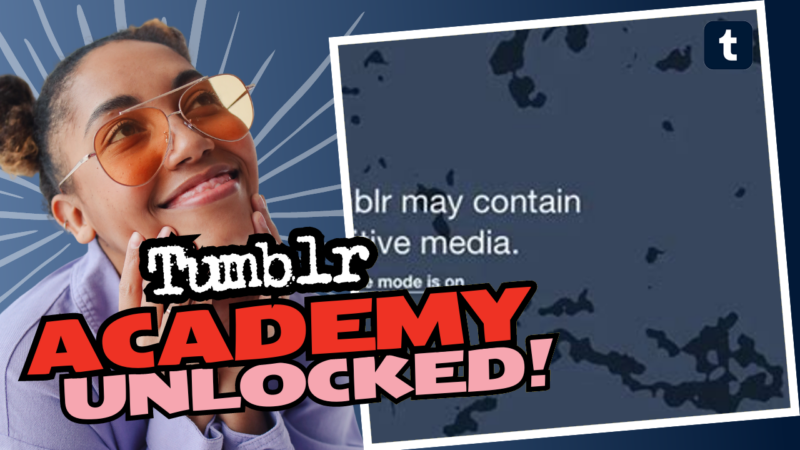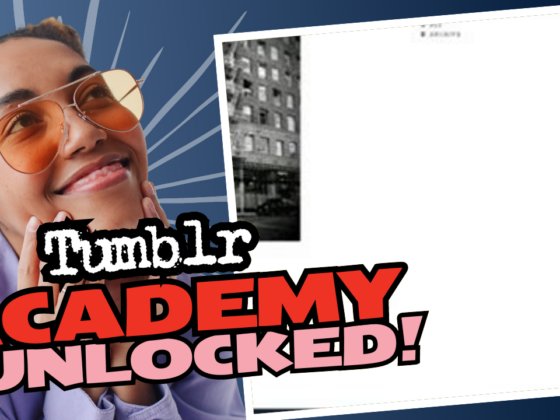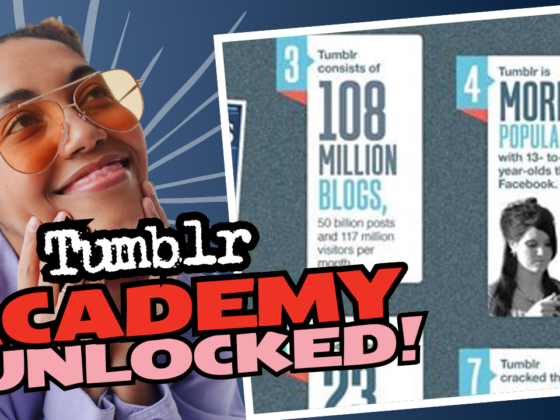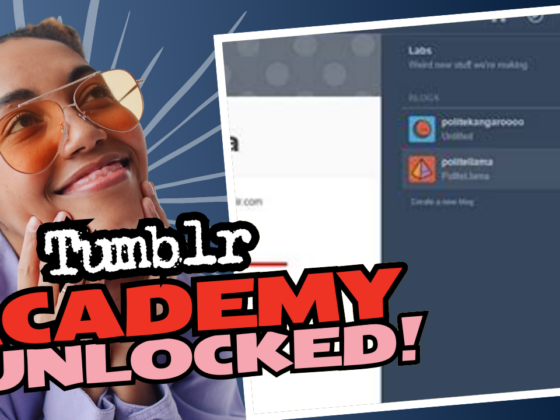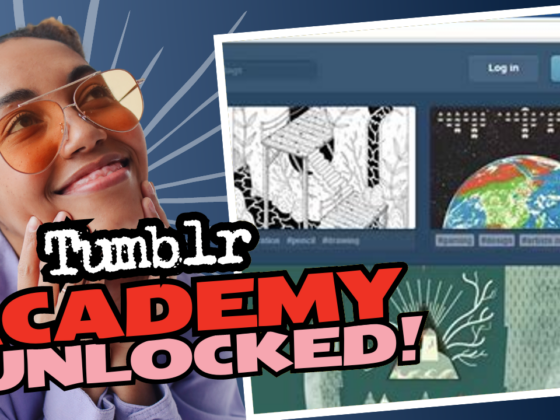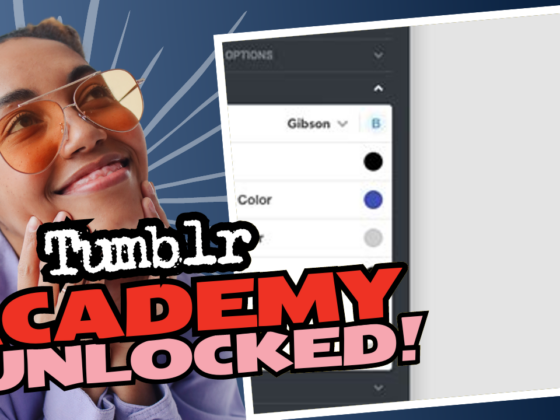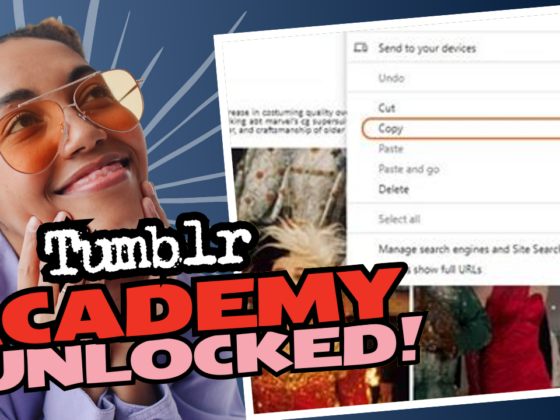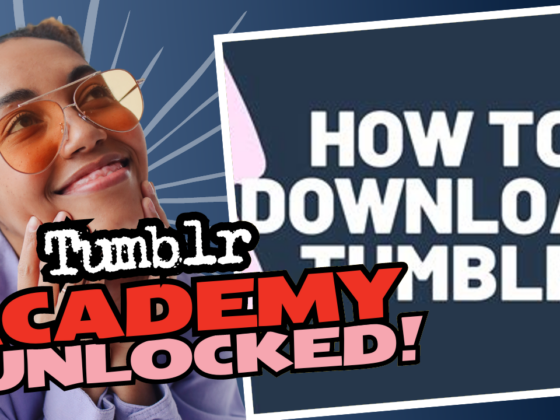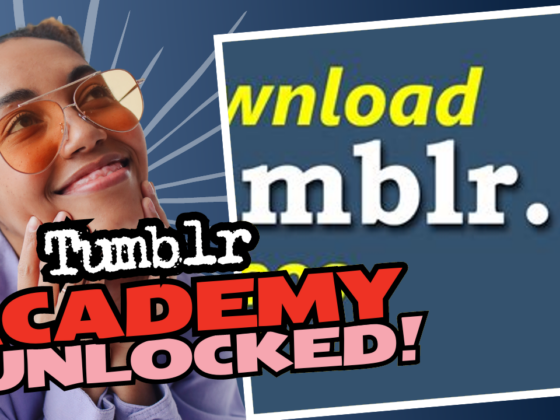Why Did Tumblr Remove Sensitive Content? Let’s Dive into the Chaos!
So, if you’ve been living under a rock or, more likely, on a nonexistent Tumblr blog, you might have heard about the wild ride that is Tumblr’s battle with sensitive content. Brace yourself, because this topic is not for the faint of heart. If Tumblr’s removal of adult content feels like a bad breakup, you’re not alone. It’s like watching your favorite Netflix series get canceled mid-season—utterly infuriating!
The mass exodus of porn blogs from Tumblr is akin to the band playing while the Titanic sinks. Users with NSFW content are scrambling to find new territories. It’s almost like a sad, yet oddly entertaining, game of “Where did all the sexy GIFs go?” Sadly, Tumblr’s management decided they couldn’t take the heat anymore, blaming the lack of effective policing on their platform for the influx of illegal content.
Let’s break it down. The infamous “Great Porn Bot Epidemic” left many users feeling as if they were swimming through a sea of spammy links and child exploitation content. Imagine scrolling through a post and barely being able to see the actual content through a fog of fidgety bots saying, “Hey sexy, click my link!” instead of engaging conversation. Easy to see why this became a PR nightmare for Tumblr, right?
But here’s where the plot thickens! You might wonder, “Why can’t Tumblr just clean house and kick out the bad stuff?” Well, they’ve tried—kind of. It turns out that the system for reporting illegal content resembles a bureaucratic funhouse mirror. You have to play a game of hide-and-seek just to find the reporting feature. Seriously, it’s buried so deep that if you stumbled upon it, you’d deserve some kind of treasure map prize!
Surprisingly, Tumblr has left many posts intact even after deleting illegal content. Like seriously, what’s up with that? Instead of a solid house-cleaning, it looks more like a half-hearted attempt to tidy up! That’s left pedophiles and other nefarious characters to keep browsing the gallery, undeterred. (Contacting those who get banned often just leads to a new avatar with a number at the end of their name—how creative, right?)
What did we learn? The foray to eliminate NSFW content doesn’t cut out the heart of the problem. Instead, it shifted the focus to the broader issues of governance and moderation. Sure, it might seem like the easy route, but let’s be real: it doesn’t tackle the roots. There’s chatter about alternatives like SMS verification and improved content exploration tools, which sound great! But we’ll have to see if they actually get implemented.
Thus, while Tumblr snuffs out NSFW content like a bad habit, the *real* issues remain in the shadows. If your head is spinning from this rollercoaster ride of news, just know you’re not alone—thousands of artists and creators are feeling it too, especially in niche communities like the furry fandom.
If you need help navigating this stormy sea or have questions about why Tumblr nudged sensitive content to the side, reach out and connect with us. Let’s make sense of this mess together! 🐾

